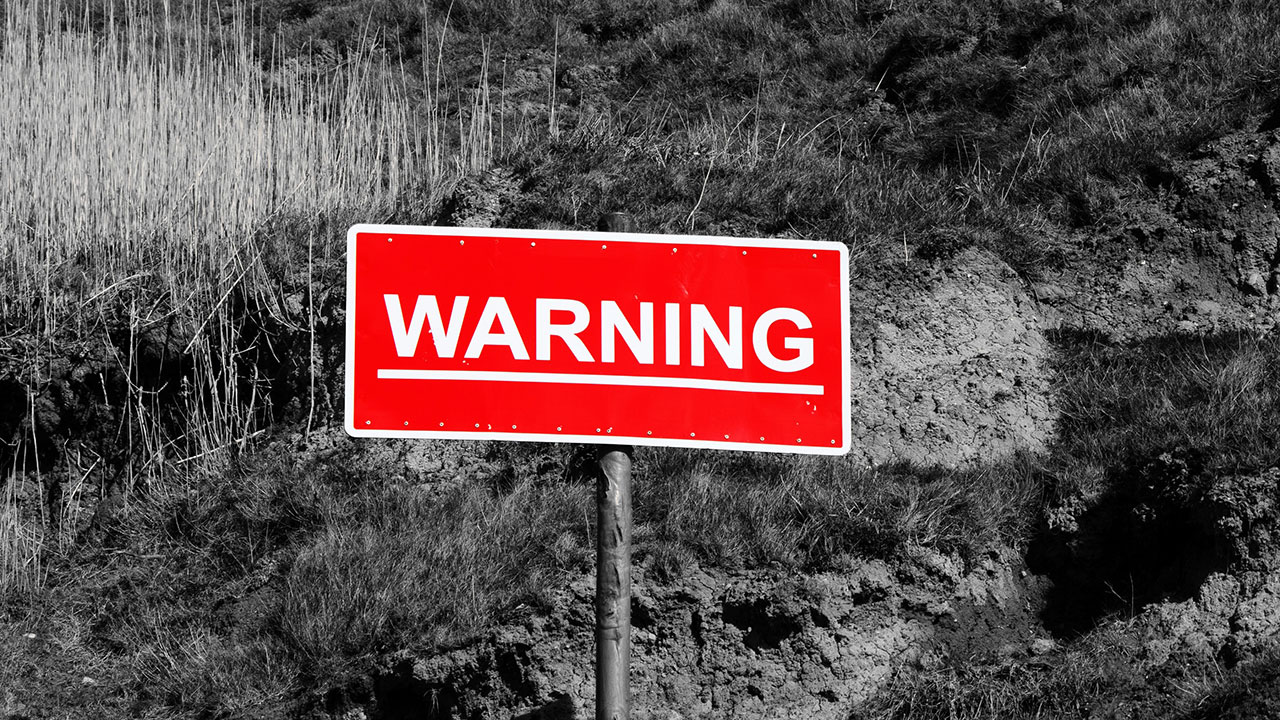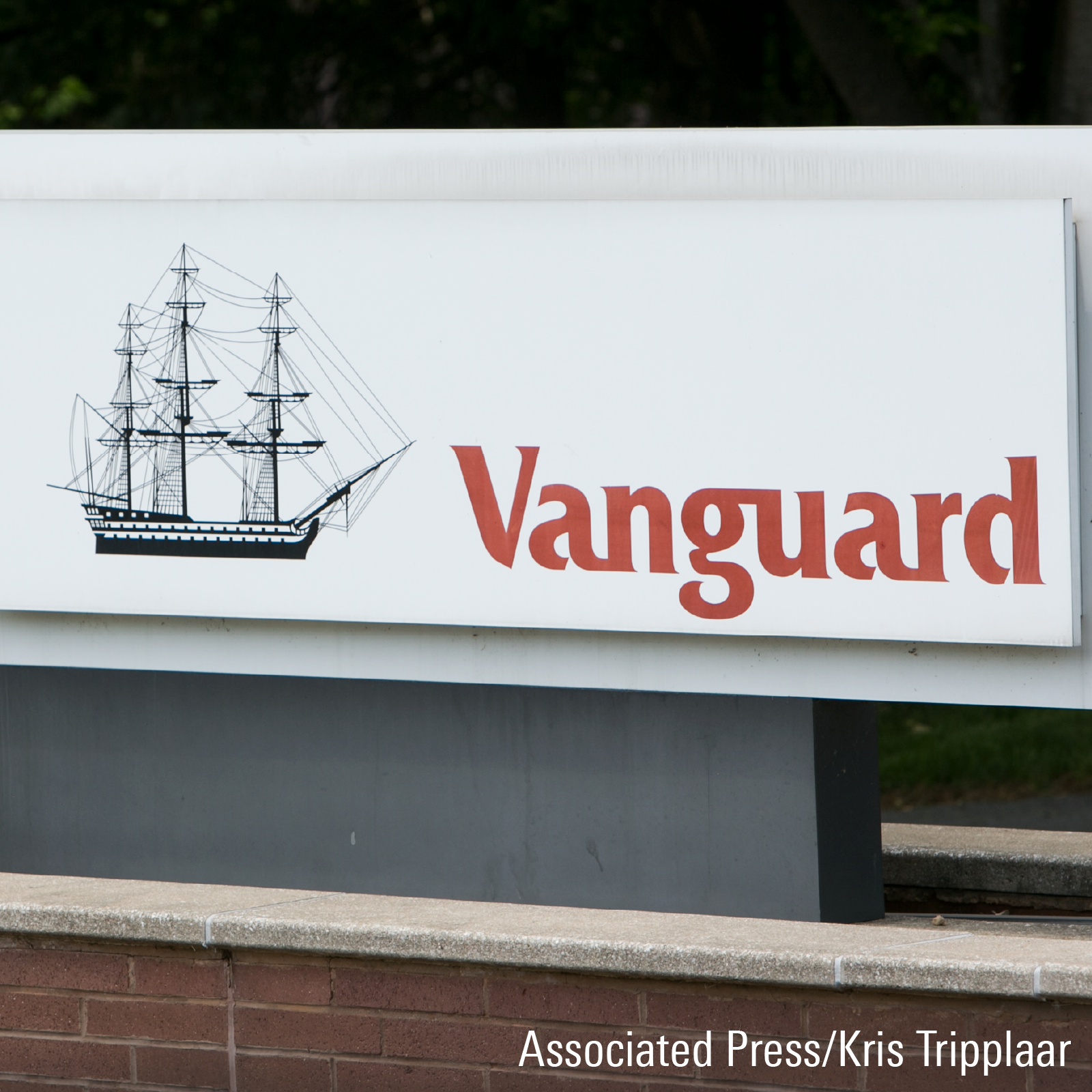
Recently my colleague John Rekenthaler wrote a great piece about “the ultimate buy-and-hold portfolio” using U.S. stocks. Today we're going to make one for Canada.
When Rekenthaler analyzed the performance of a portfolio consisting of the ten US largest cap stocks from 1986, he found that owning this concentrated portfolio over the subsequent four decades didn’t do an investor any favours, as compared to a broad market index. He noted importantly that the largest market cap stocks in a traditional weighted index represent winners from prior years. He also noted that the manner in which you weigh the portfolio (equal vs. market cap) makes a distinct difference in outcomes over time.
In his findings, he writes importantly that it is not a surprise that a single stock underperforms a broad market-cap weighted index. This is because the index itself reflects winners, not losers. Stocks that do well in market-cap-weighted indexes end up representing a larger portion of the index, while stocks that do poorly represent less, with index weights being re-aligned to the stock’s size, typically on a quarterly basis.
Canadian Stocks for Long-Term Holds
Seasoned investors might comment that the Canadian equity market is decidedly different from the stock market in the U.S. A market that is concentrated across financials, energy, and basic materials stocks introduces a degree of cyclicality within our market, unlike most U.S. broad market indices which generally have an over-representation from technology companies. With this in mind, I thought to apply Rekenthaler’s analysis to understand how a do-nothing portfolio would have performed in Canada.
I started with a screen for the ten largest Canadian-listed companies in our database at the end of January in 1986. Here they are:
Among the biggest Canadian public companies of 1986 are some names that today’s investors will know well. By the numbers, 5 of the 10 stocks from 1986 today represent 16.1% of the S&P/TSX Composite Index.
Equal-Weight vs. Market Cap Weight Portfolios
Using Rekenthaler’s approach in analyzing market returns versus portfolio weightings, I created two different portfolios using CAD 1M at the end of January of 1986. The first portfolio housed the ten stocks above in their market cap weight, while the second housed the same stocks, but equally weighted.
I then measured the performance of these portfolios in a few ways. The first is a mundane look at the market float-weighted “do-nothing” portfolio. Here, we assume that an investor would have purchased the portfolios mentioned above and simply fell asleep for 35 years. When a stock was de-listed (possibly due to merger, acquisition, or bankruptcy), the stock was simply sold at the close price of the month and proceeds were kept in cash. All dividends were collected and also kept in cash.
The second is the “Equal-Weight Do Nothing” portfolio, which mimics the above but purchased an equally weighted portfolio in January 1986.
Do Nothing vs. Rebalance
Finally, the last portfolio is the “Equal-Weight Re-balance” portfolio, which bought the 10 stocks from 1986 in equal weights, then each December the portfolio was re-balanced back to equal weights (using proceeds from dividends to ensure full investment).
The results here tell us a few things. First, the act of re-investing dividends contributes heavily to compounding returns over time. So much so, in fact, that the true ‘do-nothing’ portfolio appears almost identical to the ‘equal weight do nothing’ portfolio over the 37-year history, ending off with almost exactly the same amount in both portfolios.
Looking closer, the do-nothing portfolio seemed to have outperformed the equal-weight do nothing in the periods following the technology bubble, but then had to make up lost ground during the recovery period after the financial crisis and subsequently the COVID-19 sell-off. Both portfolios ended up underperforming the index by a huge margin, largely because they kept dividends in Cash, and did not re-invest to take advantage of compounding.
Rebalancing Makes a Big Difference
On the other hand, an equally weighted portfolio that is fully invested (and rebalanced once a year) seems to have outperformed the broad index over time. They say that hindsight is 50-50, but the fact is that holding that equally weighted portfolio helped investors avoid one of the largest market corrections in Canadian history – the crash of Nortel Networks.
The portfolio was not immune to the financial crisis or pandemic sell-off, however. The portfolio did hold Moore Wallace (a technology stock that was subsequently de-listed in 2004), but it largely avoided heavy exposure to volatile technology names, which contributed heavily to its subsequent outperformance.
So, does doing nothing pay off? As Morningstar’s Jeff Ptak has pointed out, it can. However, the drag on returns from holding too much cash in the portfolio is a lesson in itself – especially in Canada where dividend-paying bank stocks continue to be heavy favourites and reasonable performers. Other than remaining fully invested, we can indeed see that doing nothing can pay off over the long term.
This article does not constitute financial advice. It is recommended to conduct one’s own research before buying or selling any security.




















